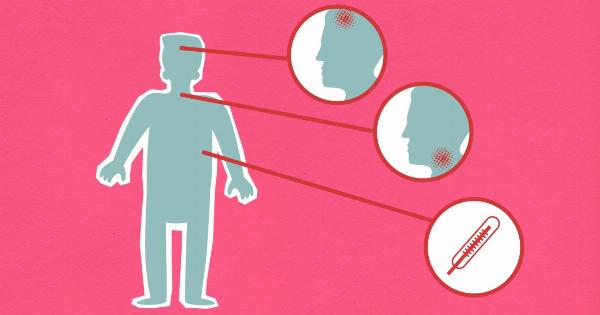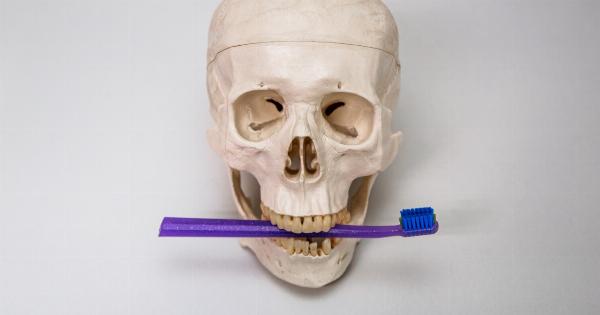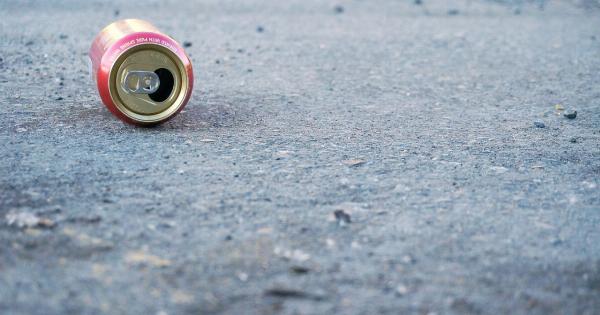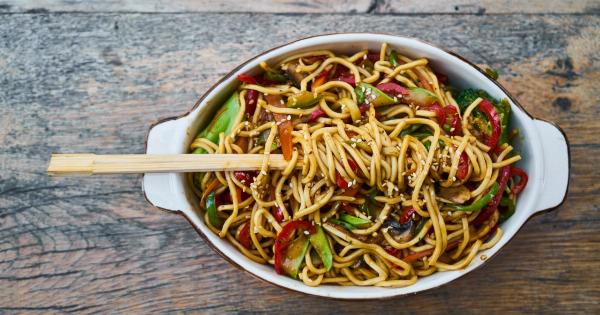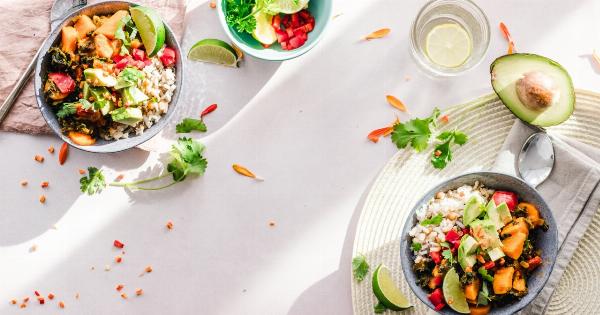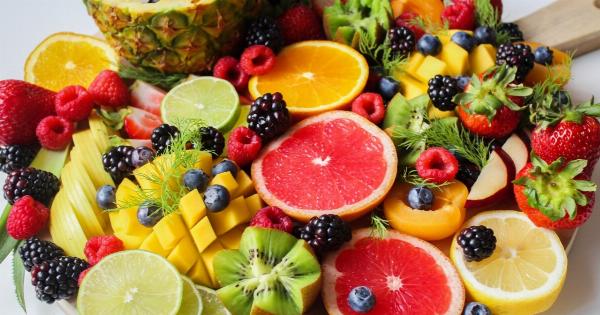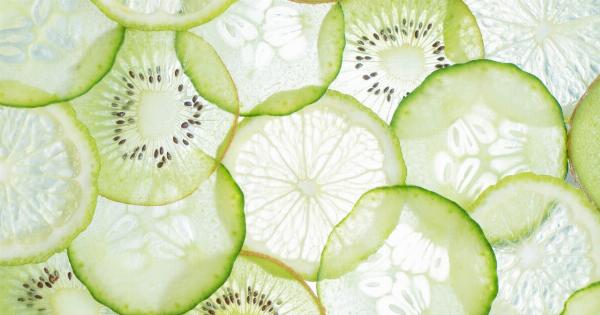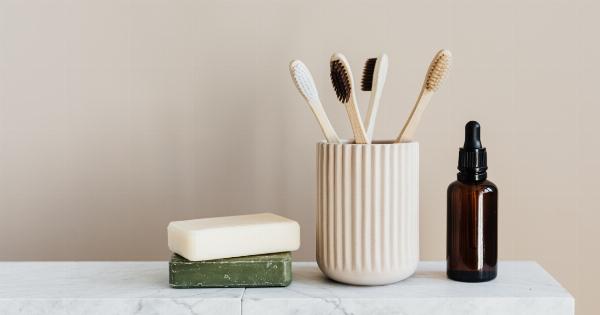In today’s fast-paced world, people are constantly looking for quick and easy ways to improve their health.
Fortunately, there is a simple trick that can help reduce the risk of heart and bone diseases – and it doesn’t cost a dime! Read on to find out what this trick is and how to incorporate it into your daily routine.
The Trick
The trick to reducing heart and bone risk is to get more vitamin D. Vitamin D is essential for strong bones and a healthy heart, and it’s easy to obtain – just step outside and get some sun.
That’s all it takes, just 10-15 minutes of sun exposure each day to get enough vitamin D to reduce heart and bone risk.
Why Vitamin D is Important
Vitamin D helps the body absorb calcium and other minerals, which are essential for strong bones. Without enough vitamin D, the bones become thin, brittle, and more prone to fractures.
Vitamin D also helps improve heart health by regulating blood pressure and reducing inflammation in the body. Research has also shown that getting enough vitamin D can reduce the risk of several chronic diseases, including cancer, diabetes, and multiple sclerosis.
How Much Vitamin D Do You Need?
The amount of vitamin D you need depends on several factors, including your age, skin color, and where you live. In general, the recommended daily intake of vitamin D is 600-800 IU per day for adults.
However, some experts recommend higher doses, especially for people who are at risk of deficiency. The best way to know if you’re getting enough vitamin D is to have your blood levels checked by a healthcare professional.
Getting Vitamin D from the Sun
The simplest and most natural way to get vitamin D is from the sun. Your skin makes vitamin D when it’s exposed to UV (ultraviolet) rays from the sun.
However, too much sun exposure can be harmful, and it’s essential to make sure you’re protecting your skin from sun damage. The best time to get sun exposure is in the morning or late afternoon when the sun’s rays are less intense. Expose your arms and legs, or as much skin as you can safely.
Getting Vitamin D from Food
Vitamin D is not naturally present in many foods, but some foods are fortified with vitamin D. These foods include milk, cereal, and orange juice. Fatty fish like salmon, tuna, and mackerel are good sources of vitamin D.
Egg yolks are also a source of vitamin D, but they should be consumed in moderation due to their high cholesterol content.
Vitamin D Supplements
If you’re not getting enough vitamin D from the sun or your diet, supplements can help. Vitamin D supplements are available in two forms – D2 and D3.
D3 is the preferred form because it’s more effective at raising blood levels of vitamin D. The recommended daily dose of vitamin D supplements is typically 600-800 IU, but higher doses may be needed depending on your individual needs. Talk to your healthcare professional to determine how much vitamin D you should be taking.
The Bottom Line
Vitamin D is essential for strong bones and a healthy heart. Getting enough vitamin D is easy and free – just step outside and get some sun. If you’re not able to get enough vitamin D from the sun or your diet, supplements can help.
Make sure to talk to your healthcare professional to determine how much vitamin D you should be taking. By getting enough vitamin D, you can reduce the risk of several chronic diseases and improve your overall health and well-being.







